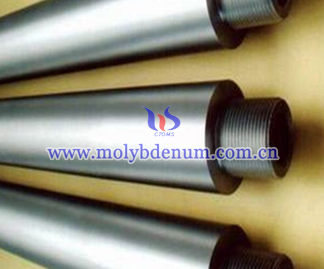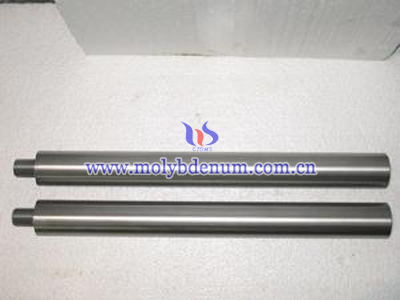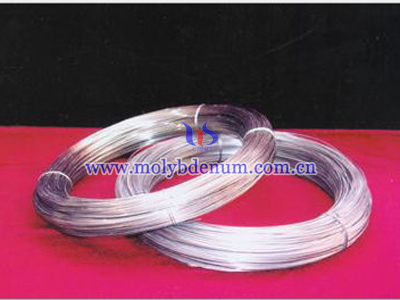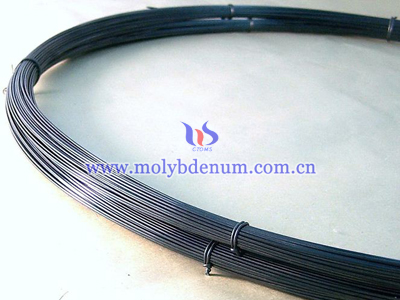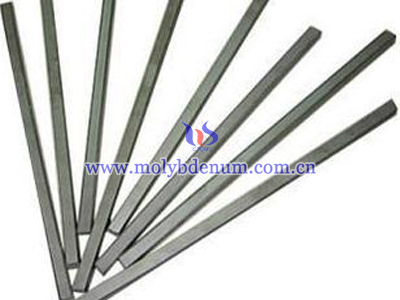Molybdenum Electrode Chemical Property
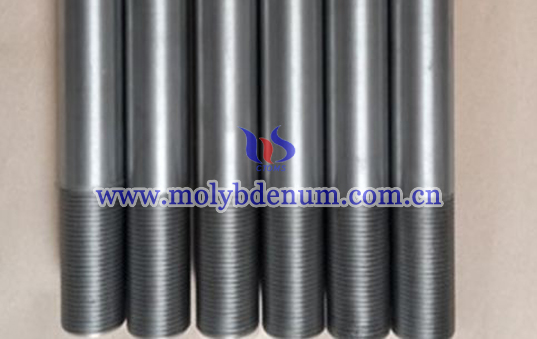
Chemical properties are the nature which manifested in chemical change, such as acidic, alkaline, oxidation, reduction, thermal stability and other properties. Chemical properties and chemical change is inherent characteristics in any physical. All material is through chemical properties and chemical changes to distinguish their vastly different with other substances. What’s more chemical properties are relatively static of substances, but chemical change is the relative movement of substances.
The chemical property of molybdenum electrode are as follows: at room temperature in air or water molybdenum electrodes are stable, but when the temperature reached 400℃ it will cause slight oxidation, when temperature reached 600℃ will cause violent oxidized to generate molybdenum trioxide. Besides, molybdenum electrodes are not dissolved in hydrochloric acid, hydrofluoric acid, nitric acid and alkali solution. However molybdenum electrodes can be dissolved in nitric acid, aqua regia or hot sulfuric acid solution.
Molybdenum electrode even at a high temperature not react with hydrogen, but at 1500 ℃ can react with nitrogen to generate molybdenum nitride. Over 1100~1200℃ can react with carbon, carbon monoxide and hydrocarbons to obtain MoSi2 and MoSi2. But even in 1500 ~ 1700 ℃oxidizing atmosphere molybdenum electrodes still quite stable and will not be oxidized decomposed.
| Medium | Experiment Condition | Reaction Condition |
| Water | Non-corroding | |
| HF | Cold,hot | Non-corroding |
| HF+H2SO4 | Cold | Non-corroding |
| Hot | Slight corrosion | |
| HF+aqua regia | Cold | Slight corrosion |
| Hot | Rapid corrosion | |
| HF+HNO3 | Cold,hot | Rapid corrosion |
| Ammonium hydroxide | Non-corroding | |
| Molten caustic soda | In air | Slight corrosion |
| Oxidant like in KNO3, KNO2,KclO3,PbO2 | Rapid corrosion | |
| Boron | High temperature | Generate boride |
| Carbon | Above 1100(℃) | Generate carbide |
| Silicon | Above 1100(℃) | Generate silicide |
| Phosphorus | To maximum temperature | Non-corroding |
| Sulfur | Above 440(℃) | Generate sulfide |
| Iodine | Under 790(℃) | Non-corroding |
| Bromine | Under 840(℃) | Non-corroding |
| Chloride | Above 230(℃) | Active corrosion |
| Fluorine | Room temperature | Active corrosion |
| Air and oxygen | 400(℃) | Starts to oxidize |
| 600(℃) | Intense oxidant | |
| Above 700(℃) | MoO3 sublimation | |
| Hydrogen and inert gas | To maximum temperature | No reaction |
| CO | Above 1400(℃) | Generate carbide |
| CO2 | 1200(℃) | oxidation |
| Hydrocarbon | 1100(℃) | Generate carbide |
| Al Ni Fe Co Sb | Molten mass | Active corrosion |
| Zn | Molten mass | Slight corrosion |
| Bi | Molten mass | Highly corrosion |
| Glass | Molten mass | Highly corrosion |
| Refractory oxide like Al2O3,ZrO2,BeO,MgO,ThO2 | Under 1700(℃) | Non-corroding |
| Nitrogen | Above 1100(℃) | Nitridation reaction |

